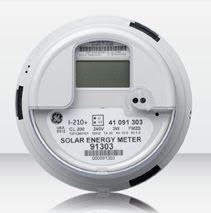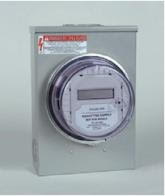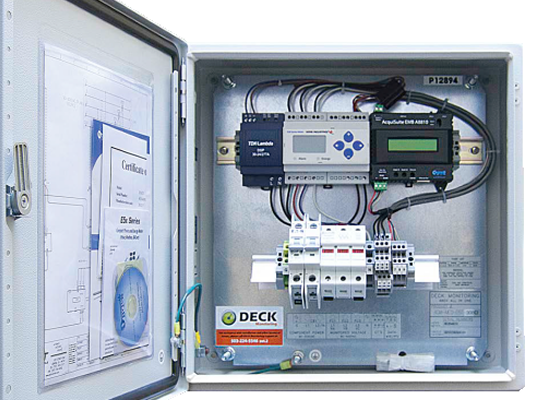
Measuring AC energy delivered by a residential PV system can be broken into two main categories, revenue-grade and non-revenue grade. You might ask then, “Why would I need revenue grade data?” To answer this properly, you must consider the following:
- Will you take advantage of performance-based incentives such as Solar Renewable Energy Certificates (SRECS)?
- Does your Authority Having Jurisdiction (AHJ) or Electric Utility require a revenue-grade meter?
- Do you want revenue-grade production data?
- Is the system financed?
Answering yes to any of these questions results in the need to install a revenue-grade meter (RGM).


What is an RGM? A meter specified as being revenue-grade is one that meets the requirements outlined in the ANSI standard C-12.1-2008. In this standard, the minimum accuracy of the meter is required to be +/- 2%. Additionally, this standard ensures that the meter will operate properly under various conditions both environmentally and electronically. The RGM measures the solar energy delivered by the inverter(s) in kWh units. The value seen on the face of the meter, or reported to a remote monitoring system, is the net kWh supplied by the PV system.
RGMs for residential applications with a service of 120/240V, 200A most of the time come in a round form and require a compatible 2S socket. The meter must be installed in the inverter output circuit prior to the point of interconnection. Please note, some AHJs or PBI programs require that the meter be installed at a location exterior to the building for accessibility by their personnel.
The main meter categories can be further broken down into two subcategories, local access and remote access. Local access refers to meters that require a person to read the meter while physically standing in front of the unit. Remote access refers to a meter (or system) that allows the meter data to be accessed remotely. Remote-access meters utilize local networks, internet-connected networks or cellular networks to communicate data. The communication method to use is determined by what is available at the site and whether or not there are any requirements.

Remote access meters can be part of a comprehensive PV monitoring system or can be stand-alone. Comprehensive systems will integrate the RGM into the systems.
Costs for RGMs vary depending on the complexity of the circuit / monitoring system. At the most basic level, an RGM and socket will run under $100. This setup requires physical access to the meter for reading production data. For complex residential monitoring systems that provide remote access to RGM data and auto-reporting of generation data to PBI entities, costs can run upwards of $1,000 to $1,500 depending on the length of service contracts (please note: service contracts are usually available for 3, 5 and 10 years for auto-reporting services).
Now that you have determined if an RGM is needed and whether or not remote access is needed you’re ready to choose a meter that fits these needs.